1.2: 生物学的主题和概念
- Page ID
- 202241
培养技能
- 识别和描述生命的属性
- 描述生物之间的组织水平
- 识别和解释系统发育树
- 列出生物学中不同子学科的示例
生物学是研究生命的科学,但生命到底是什么? 这听起来像是一个愚蠢的问题,答案很明显,但是定义生活并不总是那么容易。 例如,一个名为病毒学的生物学分支研究病毒,病毒表现出活体的一些特征,但缺乏其他特征。 事实证明,尽管病毒可以攻击活生物体,引起疾病甚至繁殖,但它们不符合生物学家用来定义生命的标准。 因此,严格来说,病毒学家不是生物学家。 同样,一些生物学家研究了产生生命的早期分子进化;由于生命之前的事件不是生物事件,因此从严格意义上讲,这些科学家也被排除在生物学之外。
生物学从一开始就努力解决三个问题:使某物 “活着” 的共同特性是什么? 一旦我们知道某些东西还活着,我们如何在其结构中找到有意义的组织层次呢? 最后,当面对生命的巨大多样性时,我们如何组织不同种类的生物以便更好地理解它们? 随着每天都有新生物被发现,生物学家继续寻找这些问题和其他问题的答案。
生命的属性
所有活生物都具有几个关键特征或功能:秩序、对环境的敏感性或反应、繁殖、适应、生长和发育、调节、稳态、能量处理和进化。 一起来看,这九个特征定义了生活。
订购
生物是高度有组织、协调的结构,由一个或多个细胞组成。 即使是非常简单的单细胞生物也非常复杂:在每个细胞内,原子构成分子;这些分子反过来又构成细胞器和其他细胞内含物。 在多细胞生物体中(图\(\PageIndex{1}\)),类似的细胞形成组织。 反过来,组织协作创造器官(具有独特功能的身体结构)。 器官共同形成器官系统。
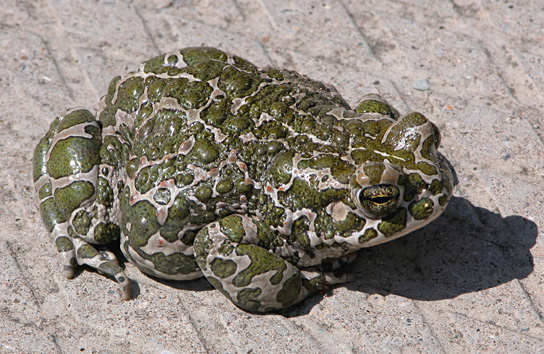
对刺激的敏感性或反应
生物对各种刺激有反应。 例如,植物可以向光源弯曲,爬上栅栏和墙壁,或者对触摸做出反应(图\(\PageIndex{2}\))。 即使是微小的细菌也可以移向或远离化学物质(这种过程称为趋化性)或光(光性)。 转向刺激措施被认为是积极的回应,而偏离刺激措施则被视为负面反应。
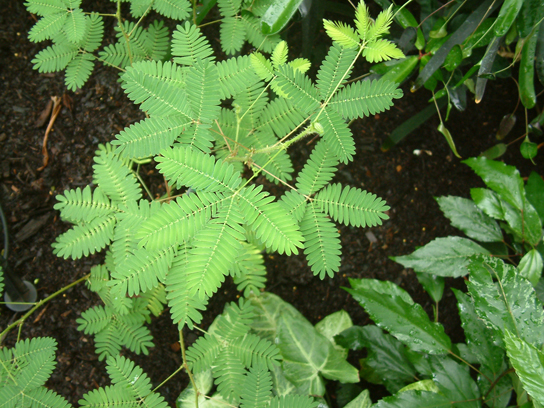
链接到学习
视频:观看此视频,了解植物对刺激的反应——从打开到光线,到将卷须缠绕在树枝上,再到捕捉猎物。
繁殖
单细胞生物通过首先复制它们的 DNA 来繁殖,然后在细胞准备分裂形成两个新细胞时将其平均分裂。 多细胞生物通常会产生专门的生殖种系细胞,这些细胞将形成新的个体。 当繁殖发生时,含有DNA的基因会传递给生物体的后代。 这些基因确保后代属于同一个物种,并具有相似的特征,例如大小和形状。
成长与发展
生物按照其基因编码的特定指令生长和发育。 这些基因提供指导细胞生长和发育的指令,确保物种的幼崽(图\(\PageIndex{3}\))长大后表现出与其亲本相同的许多特征。
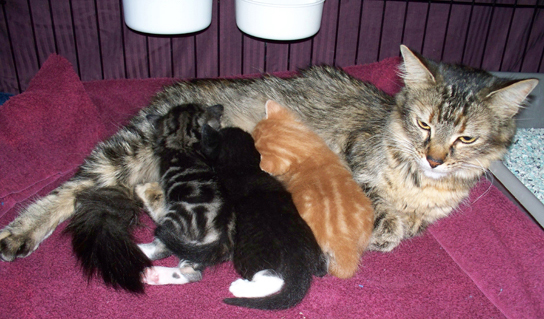
规则
即使是最小的生物也很复杂,需要多种监管机制来协调内部功能、应对刺激和应对环境压力。 生物体内部功能调节的两个例子是营养运输和血液流动。 器官(协同工作的组织群)具有特定的功能,例如在全身携带氧气、清除废物、向每个细胞输送营养以及冷却身体。
动态平衡
为了正常运作,细胞需要有适当的条件,例如适当的温度、pH 值和适当浓度的各种化学物质。 但是,这些条件可能会从一个时刻到下一个时刻发生变化。 尽管环境发生了变化,但生物仍然能够通过动态平衡(字面意思是 “稳定状态”)(即生物维持恒定内部条件的能力),几乎持续地在狭窄的范围内维持内部条件。 例如,生物体需要通过称为体温调节的过程来调节体温。 生活在寒冷气候中的生物,例如北极熊(图\(\PageIndex{4}\)),其身体结构有助于它们承受低温和保存体温。 有助于这种隔热的结构包括毛皮、羽毛、脂肪和脂肪。 在炎热的气候中,生物有一些方法(例如人体排汗或狗气喘吁吁)可以帮助它们排出多余的体温。
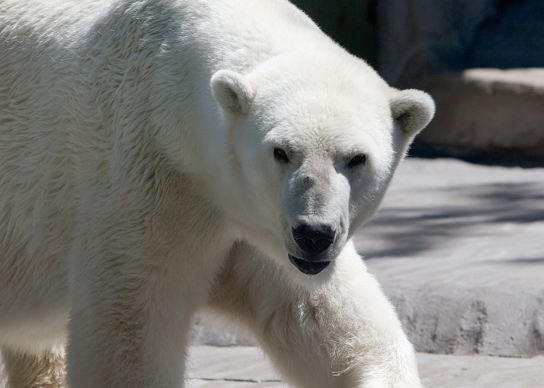
能量处理
所有生物都使用能量来源进行代谢活动。 有些生物从太阳中捕获能量并将其转化为食物中的化学能;另一些生物则在它们作为食物摄入的分子中使用化学能(图\(\PageIndex{5}\))。
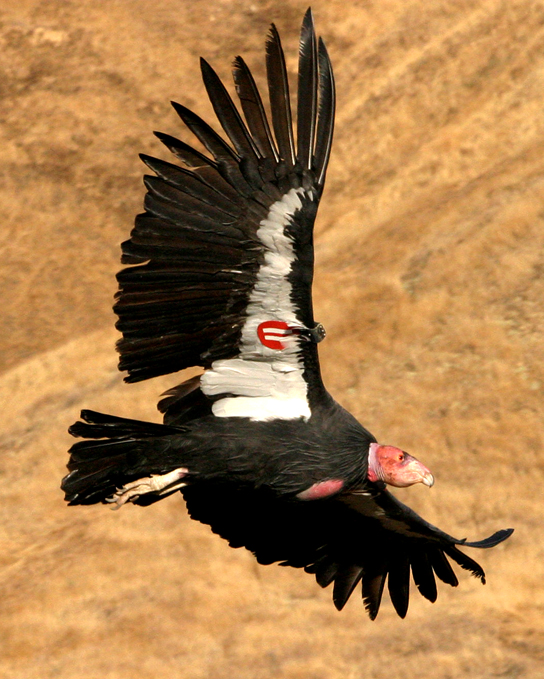
生物组织水平
生物是高度有条理和结构化的,遵循的层次结构可以从小到大的规模进行检查。 原子是最小、最基本的物质单位。 它由一个被电子包围的原子核组成。 原子形成分子。 分子是一种化学结构,由至少两个由一个或多个化学键结合在一起的原子组成。 许多具有生物重要性的分子都是大分子,通常通过聚合形成的大分子(聚合物是一种通过组合称为单体的较小单位制成的大分子,比大分子更简单)。 大分子的一个例子是脱氧核糖核酸(DNA)(图\(\PageIndex{6}\)),它包含所有活生物体结构和功能的说明。
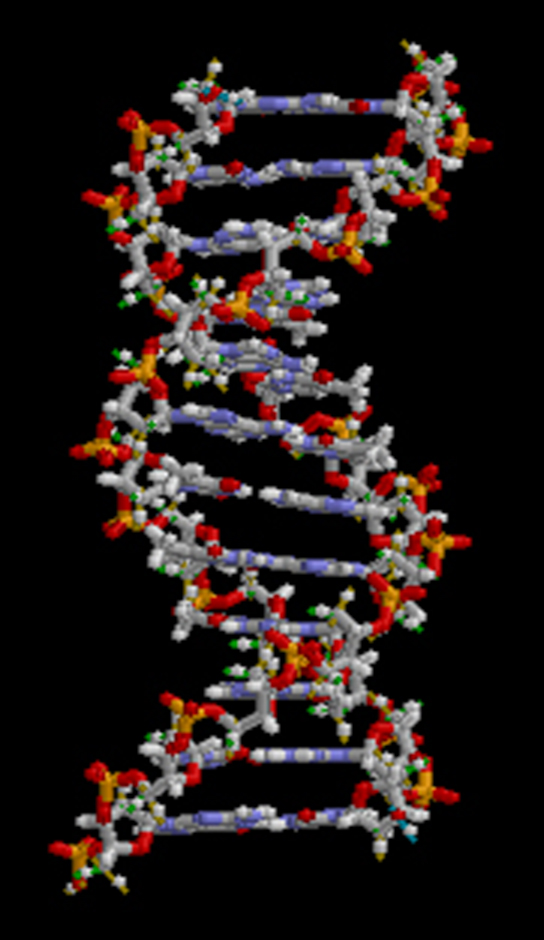
Some cells contain aggregates of macromolecules surrounded by membranes; these are called organelles. Organelles are small structures that exist within cells. Examples of organelles include mitochondria and chloroplasts, which carry out indispensable functions: mitochondria produce energy to power the cell, while chloroplasts enable green plants to utilize the energy in sunlight to make sugars. All living things are made of cells; the cell itself is the smallest fundamental unit of structure and function in living organisms. (This requirement is why viruses are not considered living: they are not made of cells. To make new viruses, they have to invade and hijack the reproductive mechanism of a living cell; only then can they obtain the materials they need to reproduce.) Some organisms consist of a single cell and others are multicellular. Cells are classified as prokaryotic or eukaryotic. Prokaryotes are single-celled or colonial organisms that do not have membrane-bound nuclei; in contrast, the cells of eukaryotes do have membrane-bound organelles and a membrane-bound nucleus.
In larger organisms, cells combine to make tissues, which are groups of similar cells carrying out similar or related functions. Organs are collections of tissues grouped together performing a common function. Organs are present not only in animals but also in plants. An organ system is a higher level of organization that consists of functionally related organs. Mammals have many organ systems. For instance, the circulatory system transports blood through the body and to and from the lungs; it includes organs such as the heart and blood vessels. Organisms are individual living entities. For example, each tree in a forest is an organism. Single-celled prokaryotes and single-celled eukaryotes are also considered organisms and are typically referred to as microorganisms.
All the individuals of a species living within a specific area are collectively called a population. For example, a forest may include many pine trees. All of these pine trees represent the population of pine trees in this forest. Different populations may live in the same specific area. For example, the forest with the pine trees includes populations of flowering plants and also insects and microbial populations. A community is the sum of populations inhabiting a particular area. For instance, all of the trees, flowers, insects, and other populations in a forest form the forest’s community. The forest itself is an ecosystem. An ecosystem consists of all the living things in a particular area together with the abiotic, non-living parts of that environment such as nitrogen in the soil or rain water. At the highest level of organization (Figure \(\PageIndex{7}\)), the biosphere is the collection of all ecosystems, and it represents the zones of life on earth. It includes land, water, and even the atmosphere to a certain extent.
Art Connection
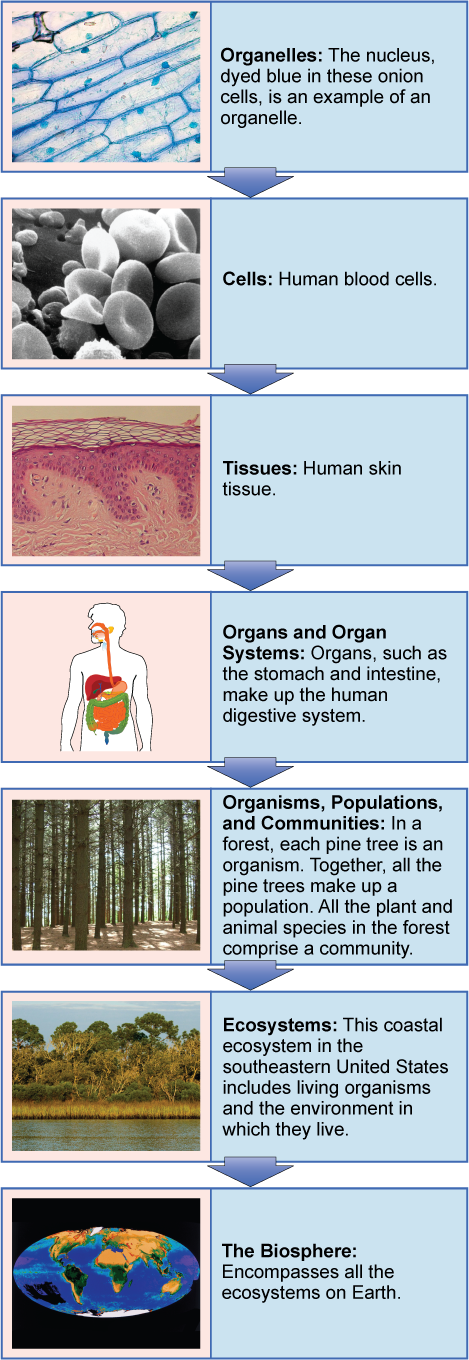
Which of the following statements is false?
- Tissues exist within organs which exist within organ systems.
- Communities exist within populations which exist within ecosystems.
- Organelles exist within cells which exist within tissues.
- Communities exist within ecosystems which exist in the biosphere.
The Diversity of Life
The fact that biology, as a science, has such a broad scope has to do with the tremendous diversity of life on earth. The source of this diversity is evolution, the process of gradual change during which new species arise from older species. Evolutionary biologists study the evolution of living things in everything from the microscopic world to ecosystems.
The evolution of various life forms on Earth can be summarized in a phylogenetic tree (Figure \(\PageIndex{8}\)). A phylogenetic tree is a diagram showing the evolutionary relationships among biological species based on similarities and differences in genetic or physical traits or both. A phylogenetic tree is composed of nodes and branches. The internal nodes represent ancestors and are points in evolution when, based on scientific evidence, an ancestor is thought to have diverged to form two new species. The length of each branch is proportional to the time elapsed since the split.

Evolution Connection: Carl Woese and the Phylogenetic Tree
In the past, biologists grouped living organisms into five kingdoms: animals, plants, fungi, protists, and bacteria. The organizational scheme was based mainly on physical features, as opposed to physiology, biochemistry, or molecular biology, all of which are used by modern systematics. The pioneering work of American microbiologist Carl Woese in the early 1970s has shown, however, that life on Earth has evolved along three lineages, now called domains—Bacteria, Archaea, and Eukarya. The first two are prokaryotic cells with microbes that lack membrane-enclosed nuclei and organelles. The third domain contains the eukaryotes and includes unicellular microorganisms together with the four original kingdoms (excluding bacteria). Woese defined Archaea as a new domain, and this resulted in a new taxonomic tree (Figure \(\PageIndex{8}\)). Many organisms belonging to the Archaea domain live under extreme conditions and are called extremophiles. To construct his tree, Woese used genetic relationships rather than similarities based on morphology (shape).
Woese’s tree was constructed from comparative sequencing of the genes that are universally distributed, present in every organism, and conserved (meaning that these genes have remained essentially unchanged throughout evolution). Woese’s approach was revolutionary because comparisons of physical features are insufficient to differentiate between the prokaryotes that appear fairly similar in spite of their tremendous biochemical diversity and genetic variability (Figure \(\PageIndex{9}\)). The comparison of homologous DNA and RNA sequences provided Woese with a sensitive device that revealed the extensive variability of prokaryotes, and which justified the separation of the prokaryotes into two domains: bacteria and archaea.
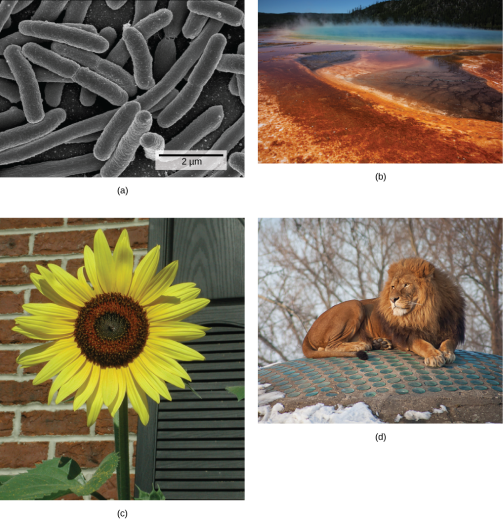
Branches of Biological Study
The scope of biology is broad and therefore contains many branches and subdisciplines. Biologists may pursue one of those subdisciplines and work in a more focused field. For instance, molecular biology and biochemistry study biological processes at the molecular and chemical level, including interactions among molecules such as DNA, RNA, and proteins, as well as the way they are regulated. Microbiology, the study of microorganisms, is the study of the structure and function of single-celled organisms. It is quite a broad branch itself, and depending on the subject of study, there are also microbial physiologists, ecologists, and geneticists, among others.
Career Connection: Forensic Scientist
Forensic science is the application of science to answer questions related to the law. Biologists as well as chemists and biochemists can be forensic scientists. Forensic scientists provide scientific evidence for use in courts, and their job involves examining trace materials associated with crimes. Interest in forensic science has increased in the last few years, possibly because of popular television shows that feature forensic scientists on the job. Also, the development of molecular techniques and the establishment of DNA databases have expanded the types of work that forensic scientists can do. Their job activities are primarily related to crimes against people such as murder, rape, and assault. Their work involves analyzing samples such as hair, blood, and other body fluids and also processing DNA (Figure \(\PageIndex{10}\)) found in many different environments and materials. Forensic scientists also analyze other biological evidence left at crime scenes, such as insect larvae or pollen grains. Students who want to pursue careers in forensic science will most likely be required to take chemistry and biology courses as well as some intensive math courses.
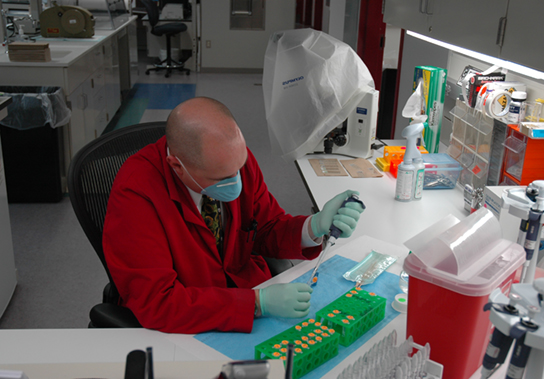
Another field of biological study, neurobiology, studies the biology of the nervous system, and although it is considered a branch of biology, it is also recognized as an interdisciplinary field of study known as neuroscience. Because of its interdisciplinary nature, this subdiscipline studies different functions of the nervous system using molecular, cellular, developmental, medical, and computational approaches.
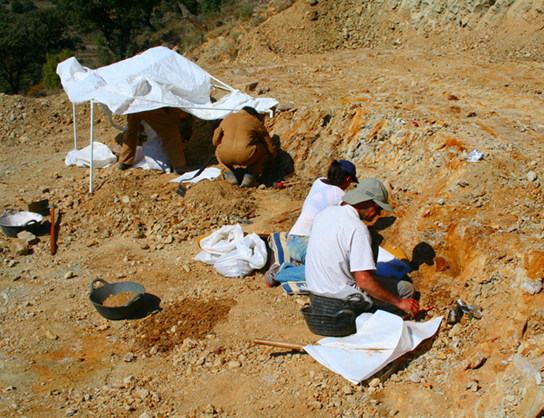
Paleontology, another branch of biology, uses fossils to study life’s history (Figure \(\PageIndex{11}\)). Zoology and botany are the study of animals and plants, respectively. Biologists can also specialize as biotechnologists, ecologists, or physiologists, to name just a few areas. This is just a small sample of the many fields that biologists can pursue.
Biology is the culmination of the achievements of the natural sciences from their inception to today. Excitingly, it is the cradle of emerging sciences, such as the biology of brain activity, genetic engineering of custom organisms, and the biology of evolution that uses the laboratory tools of molecular biology to retrace the earliest stages of life on earth. A scan of news headlines—whether reporting on immunizations, a newly discovered species, sports doping, or a genetically-modified food—demonstrates the way biology is active in and important to our everyday world.
Summary
Biology is the science of life. All living organisms share several key properties such as order, sensitivity or response to stimuli, reproduction, growth and development, regulation, homeostasis, and energy processing. Living things are highly organized parts of a hierarchy that includes atoms, molecules, organelles, cells, tissues, organs, and organ systems. Organisms, in turn, are grouped as populations, communities, ecosystems, and the biosphere. The great diversity of life today evolved from less-diverse ancestral organisms over billions of years. A diagram called a phylogenetic tree can be used to show evolutionary relationships among organisms.
Biology is very broad and includes many branches and subdisciplines. Examples include molecular biology, microbiology, neurobiology, zoology, and botany, among others.
Art Connections
Figure \(\PageIndex{7}\): Which of the following statements is false?
- Tissues exist within organs which exist within organ systems.
- Communities exist within populations which exist within ecosystems.
- Organelles exist within cells which exist within tissues.
- Communities exist within ecosystems which exist in the biosphere.
- Answer
-
Communities exist within populations which exist within ecosystems.
Glossary
- atom
- smallest and most fundamental unit of matter
- biochemistry
- study of the chemistry of biological organisms
- biosphere
- collection of all the ecosystems on Earth
- botany
- study of plants
- cell
- smallest fundamental unit of structure and function in living things
- community
- set of populations inhabiting a particular area
- ecosystem
- all the living things in a particular area together with the abiotic, nonliving parts of that environment
- eukaryote
- organism with cells that have nuclei and membrane-bound organelles
- evolution
- process of gradual change during which new species arise from older species and some species become extinct
- homeostasis
- ability of an organism to maintain constant internal conditions
- macromolecule
- large molecule, typically formed by the joining of smaller molecules
- microbiology
- study of the structure and function of microorganisms
- molecule
- chemical structure consisting of at least two atoms held together by one or more chemical bonds
- molecular biology
- study of biological processes and their regulation at the molecular level, including interactions among molecules such as DNA, RNA, and proteins
- neurobiology
- study of the biology of the nervous system
- organ
- collection of related tissues grouped together performing a common function
- organ system
- level of organization that consists of functionally related interacting organs
- organelle
- small structures that exist within cells and carry out cellular functions
- organism
- individual living entity
- paleontology
- study of life’s history by means of fossils
- phylogenetic tree
- diagram showing the evolutionary relationships among various biological species based on similarities and differences in genetic or physical traits or both; in essence, a hypothesis concerning evolutionary connections
- population
- all of the individuals of a species living within a specific area
- prokaryote
- single-celled organism that lacks organelles and does not have nuclei surrounded by a nuclear membrane
- tissue
- group of similar cells carrying out related functions
- zoology
- study of animals



